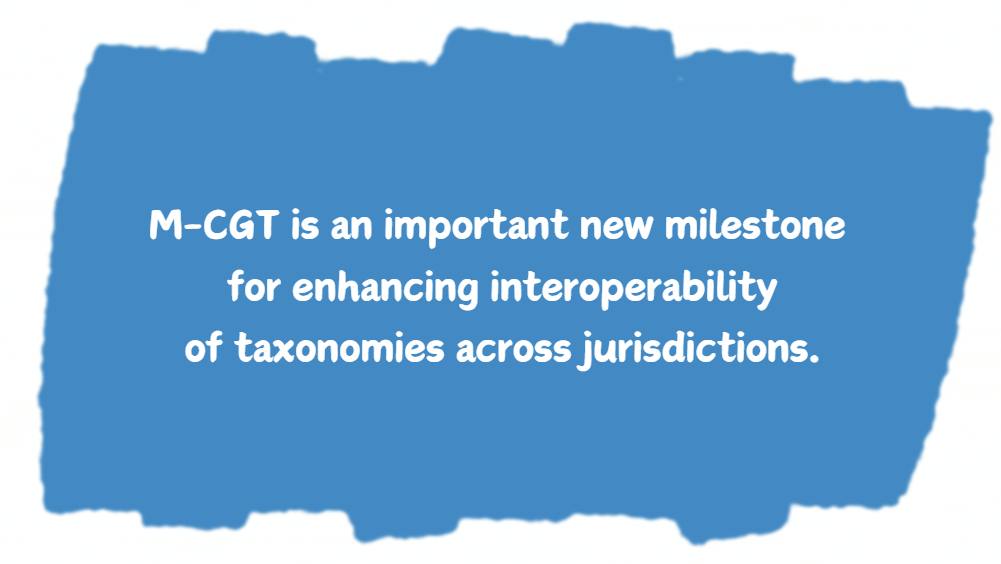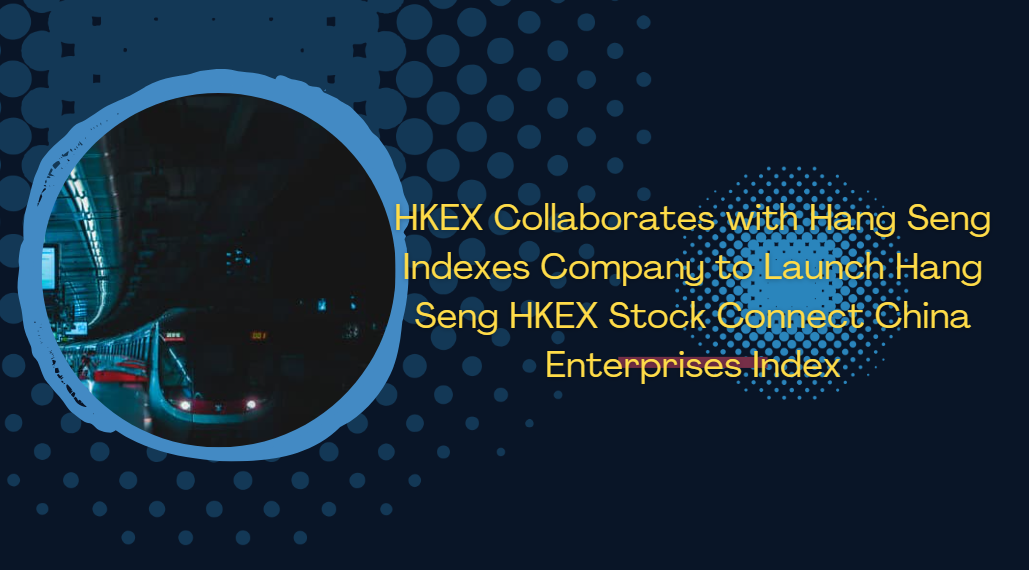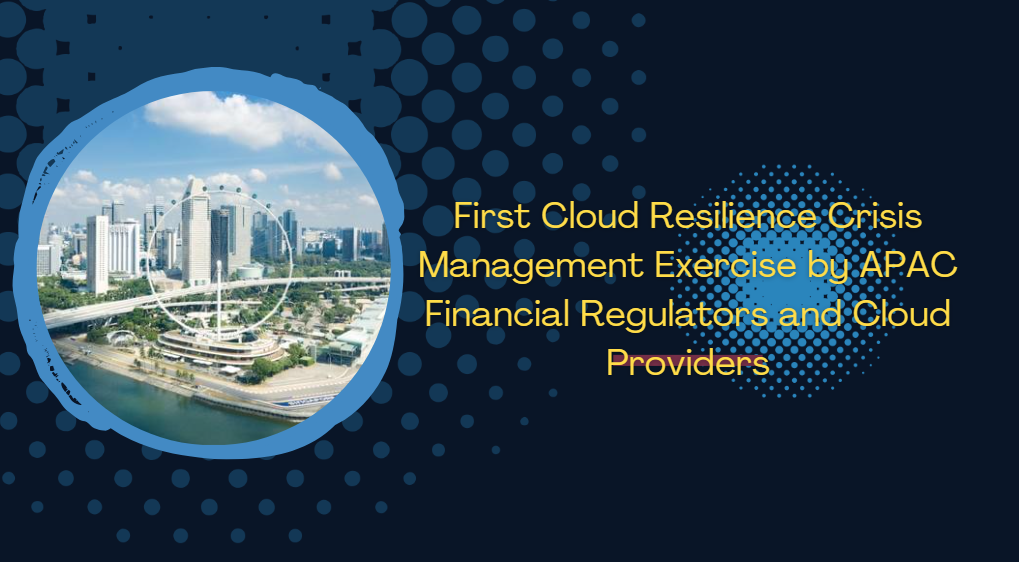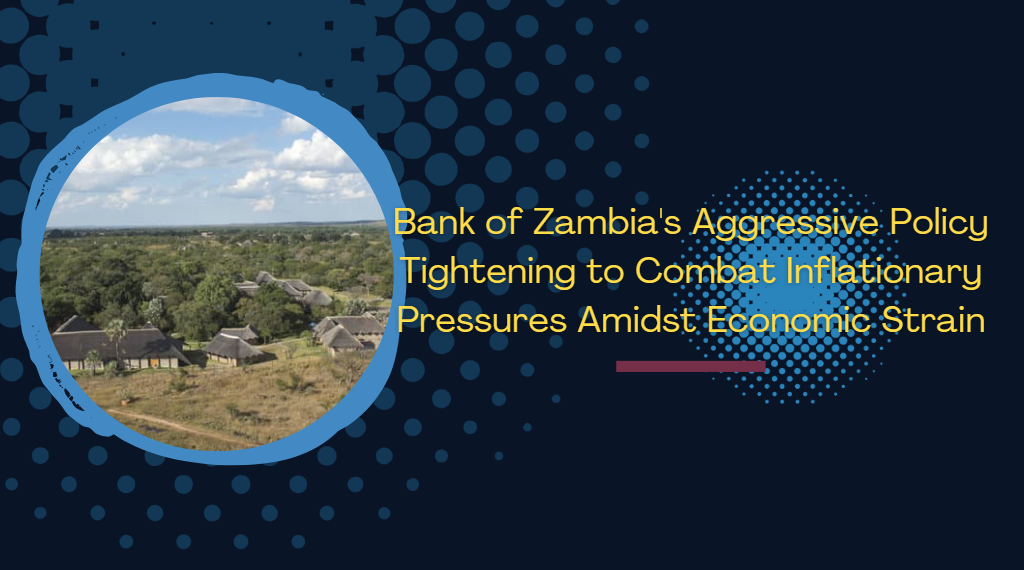The International Platform on Sustainable Finance presents the Multi-Jurisdiction Common Ground Taxonomy to enhance interoperability of taxonomies across EU, China and Singapore

The International Platform on Sustainable Finance (IPSF) today presented the Multi-Jurisdiction Common Ground Taxonomy (M-CGT), a comparison of the sustainable finance taxonomies of China, the EU and Singapore.
Developed by the People’s Bank of China (PBOC), the European Union Directorate-General for Financial Stability, Financial Services and Capital Markets Union (FISMA), and the Monetary Authority of Singapore (MAS), the M-CGT builds on the EU-China Common Ground Taxonomy (CGT)[1], a joint initiative under the IPSF by the European Commission and the PBOC in 2020 to enhance the interoperability of the EU and China’s taxonomies. With the publication of the M-CGT, the bilateral EU-China CGT will be expanded to include the Singapore-Asia Taxonomy (SAT), enhancing the interoperability of taxonomies across China, the EU and Singapore.
Use-cases of the M-CGT
The M-CGT serves as a technical reference document for a wide range of market participants including financial institutions, corporates, investors and external reviewers. It allows them to assess what could be considered green across the three jurisdictions in scope, based on the activities, environmental objectives, and criteria covered in the M-CGT. While the M-CGT is not legally binding, green bonds and funds that align with the M-CGT criteria can be considered by cross-border investors whose markets reference the taxonomies which are mapped to M-CGT, subject to applicable laws and regulations of each jurisdiction.
The M-CGT will also serve as a reference for jurisdictions that are developing their domestic green taxonomies and has been designed to accommodate the comparison of more jurisdictions’ taxonomies in the future. This will increase the number of taxonomies that are interoperable and help facilitate cross-border green capital flows.
Updated Methodology and Key Findings
The scope of M-CGT builds on the bilateral EU-China CGT[2], covering green activities across China, the EU and Singapore taxonomies and their corresponding substantial contribution criteria that meet the climate change mitigation objective. The M-CGT analysed and mapped a total of 110 activities across eight focus sectors, while the bilateral EU-China CGT (2022 version) identified 72 activities across seven focus sectors[3].
The mapping exercise helped identify eligible activities that should be included in the M-CGT, and assigned scenarios based on the extent of commonalities found between these activities within the EU, China, and SG taxonomies. The M-CGT also facilitates the comparison of activities which do not have interoperable metrics, which allows for more activities to be included and analysed in the M-CGT.
· For activities with the same or interoperable metrics (e.g. activities in the energy sector where life-cycle GHG emissions is a common metric), the level of stringency of the taxonomies' criteria was assessed. The most stringent threshold was adopted for the M-CGT in these scenarios, such that an activity that meets the M-CGT criteria would be credibly accepted by investors in all the jurisdictions in scope.
· For activities with different metrics (e.g. activities which rely on local certification schemes, standards or regulations), commonalities in the requirements of the taxonomies' criteria were identified.
The findings from the mapping exercise revealed that:
· Around 60% of common activities extracted from the three taxonomies could be clearly defined with the most stringent criteria, mainly across the manufacturing, transportation, water and waste sectors.
· The criteria for 5% of the common activities, mainly in the electricity generation and construction sectors, was aligned across the taxonomies.
· The criteria for around 33% of common activities was not directly comparable across the taxonomies. In such cases, to be aligned with the M-CGT, an activity has to meet at least one of the taxonomies' criteria. This was seen more commonly in sectors in which local regulations, standards or certifications are conventionally referenced, such as the construction and agriculture and forestry sectors.
These findings suggest that there is some degree of comparability of green activities across taxonomies of the three jurisdictions. This indicates that investors and financial institutions across China, the EU and Singapore can consider green finance instruments that reference the M-CGT, subject to the applicable laws and regulations of each jurisdiction.

Statements from three jurisdictions
Dr. Ma Jun, Chairman of Green Finance Committee of China Society for Finance & Banking and Co-Chair of the IPSF Taxonomy Working Group, said, “M-CGT is an important new milestone for enhancing interoperability of taxonomies across jurisdictions. The market usage of the CGT in the past two years, including for labelling Chinese green bonds sold to international investors, has demonstrated its ability to reduce cross-border transaction costs and boosting green capital flows especially to developing economies. The fact that CGT has already been used by several jurisdictions as a building block for taxonomy development suggests that M-CGT will have a greater potential to help assist other countries in developing their sustainable finance markets.”
Marcel Haag, Director for Horizontal policies at the European Commission’s Directorate General for Financial Stability, Financial Services and Capital Markets Union and Co-Chair of the IPSF Taxonomy Working Group, said that “the M-CGT is yet another key contribution of the International Platform on Sustainable Finance to the efforts of enhancing comparability and interoperability of taxonomies across the world, fully in line with G20 Sustainable Finance Working Group Roadmap and Principles. It will provide a useful reference for other jurisdictions and market operators regarding some of the features and commonalities across the activities of the Singapore, China, and EU taxonomies that are covered in this exercise.”
Gillian Tan, Assistant Managing Director (Development & International) and Chief Sustainability Officer of the Monetary Authority of Singapore, said, “The inclusion of the Singapore-Asia Taxonomy in the M-CGT is an important milestone in the International Platform on Sustainable Finance's efforts to provide greater consistency and comparability of green activities' criteria across different taxonomies. The M-CGT serves as a common baseline that market participants can refer to in defining green activities, enabling cross border financing in the markets that the respective taxonomies serve.”
The full details of the M-CGT can be found here .
***
[1] The EU-China CGT was first released in November 2021, and an updated version was released in June 2022. The EU-China Common Ground Taxonomy covered the EU Sustainable Finance Taxonomy and the PBOC's Green Bond Endorsed Project Catalogue.
[2] The use cases of EU-China CGT are detailed in the Practice Report for Green Bonds Relabelled Against the Common Ground Taxonomy, published by China Foreign Exchange Trade System.
[3] The bilateral mapping between EU-China CGT in June 2022 involved 72 activities across 7 sectors. This will be further expanded to cover more sectors and objectives and released at COP29.






















































First, please LoginComment After ~